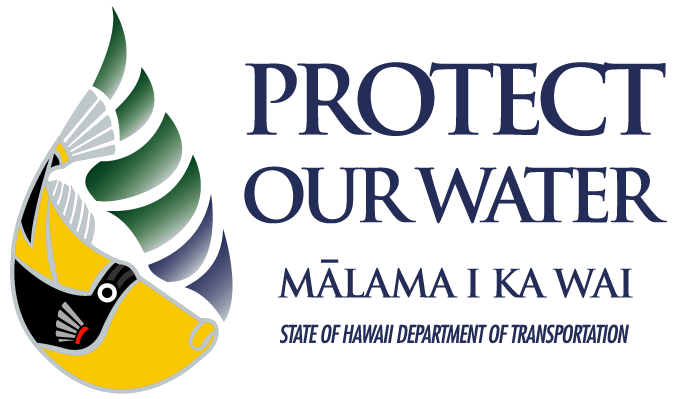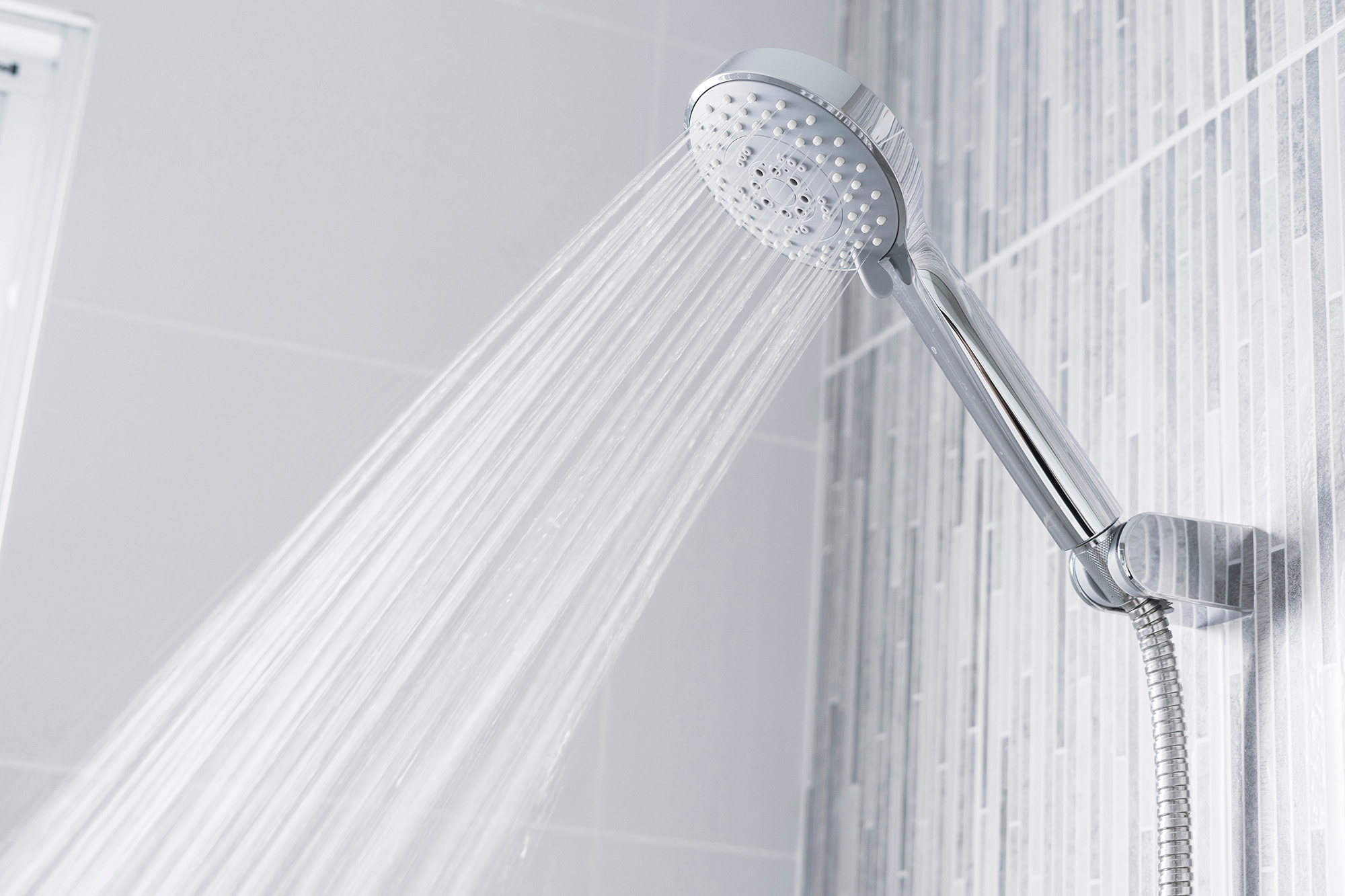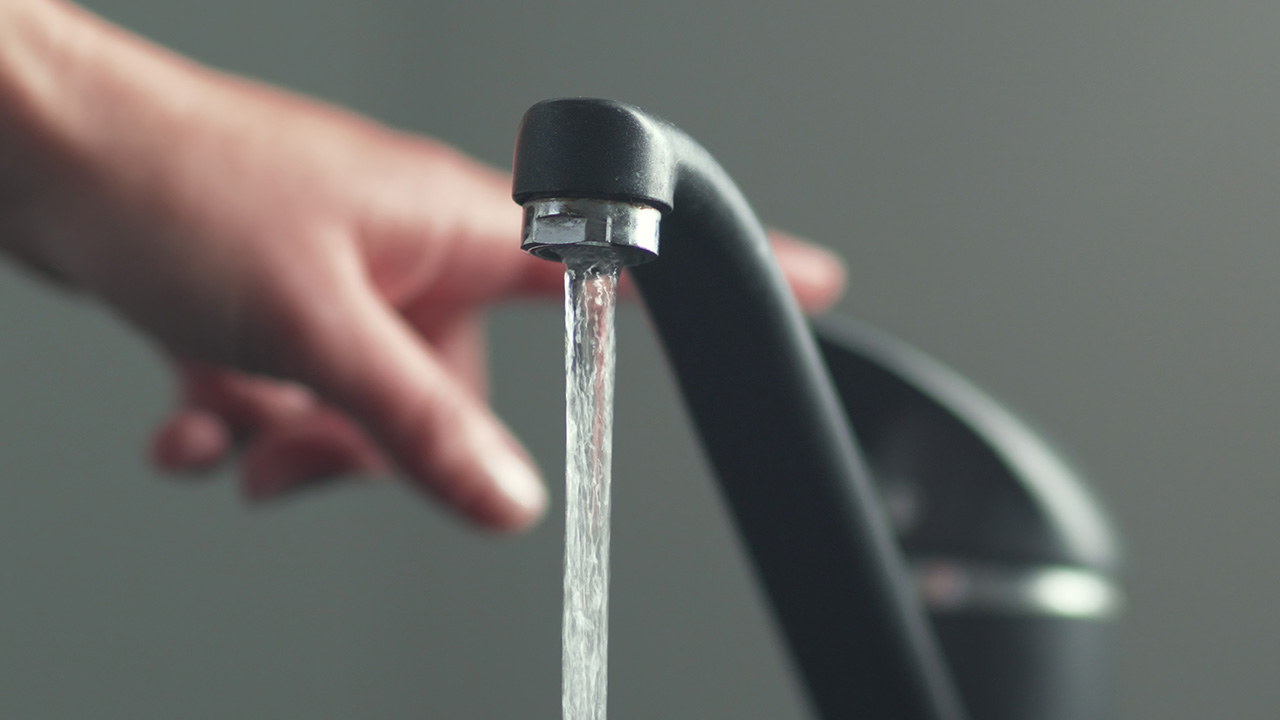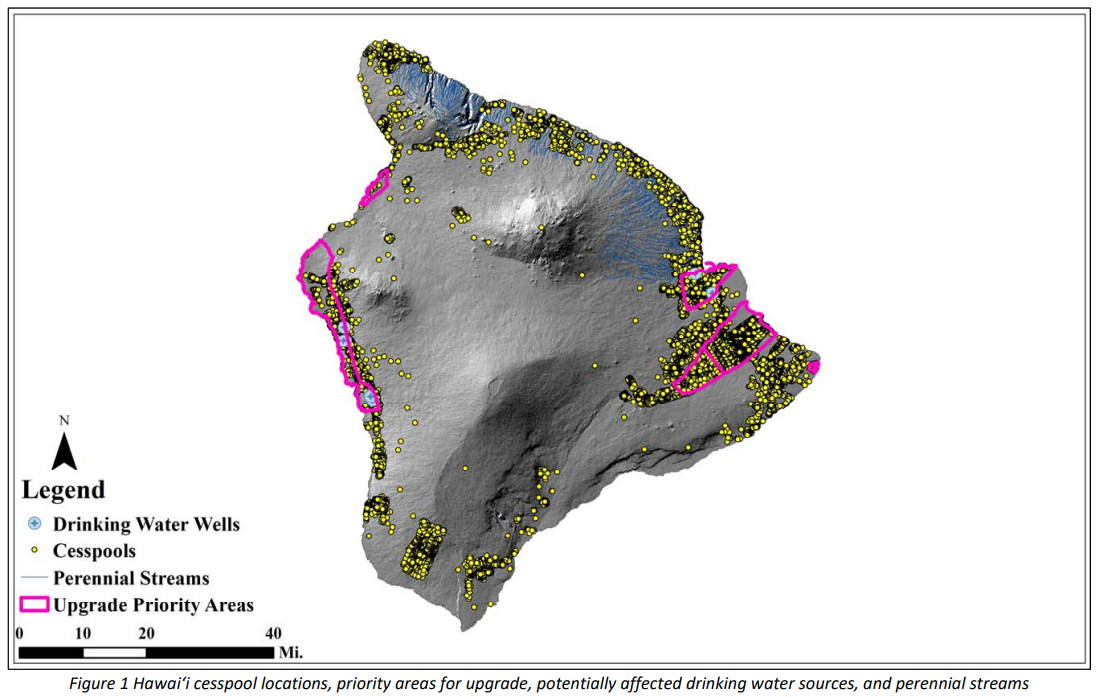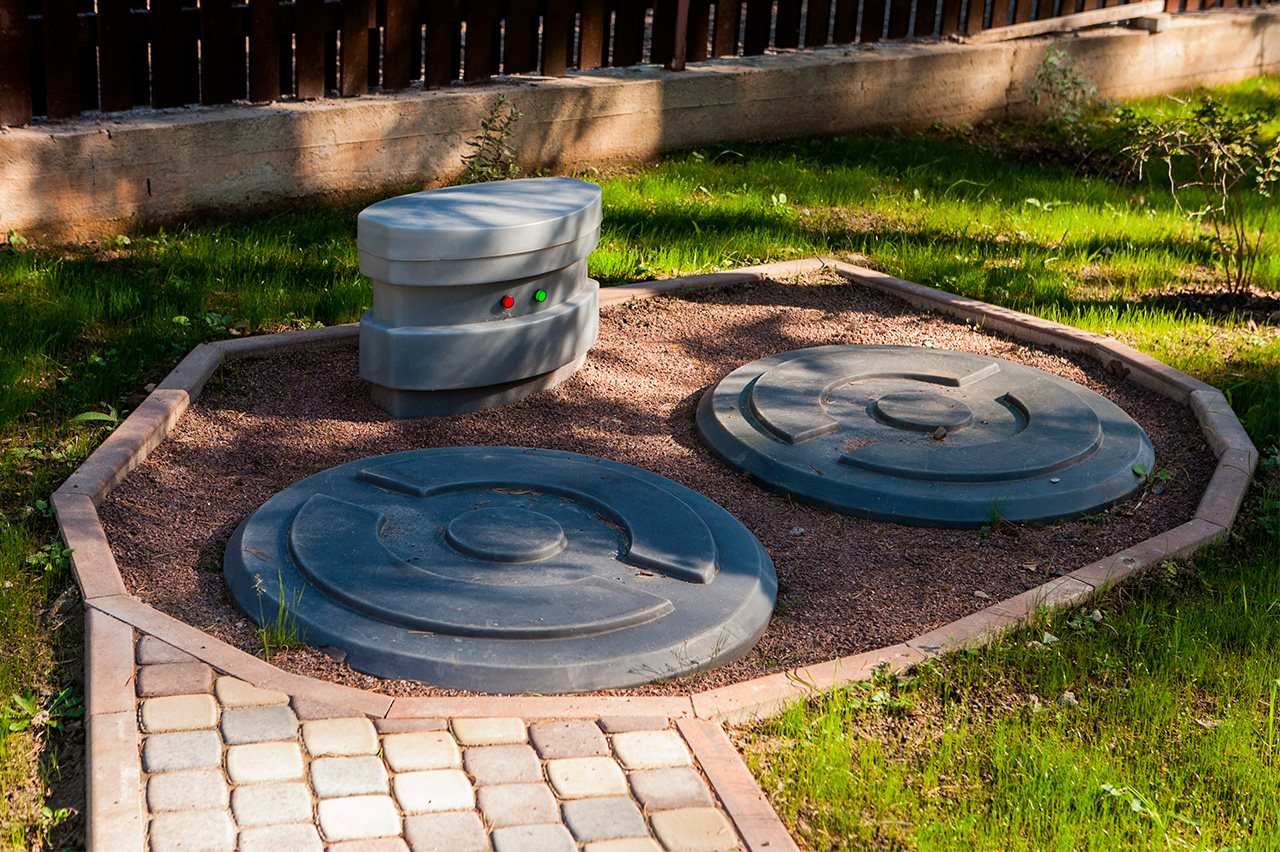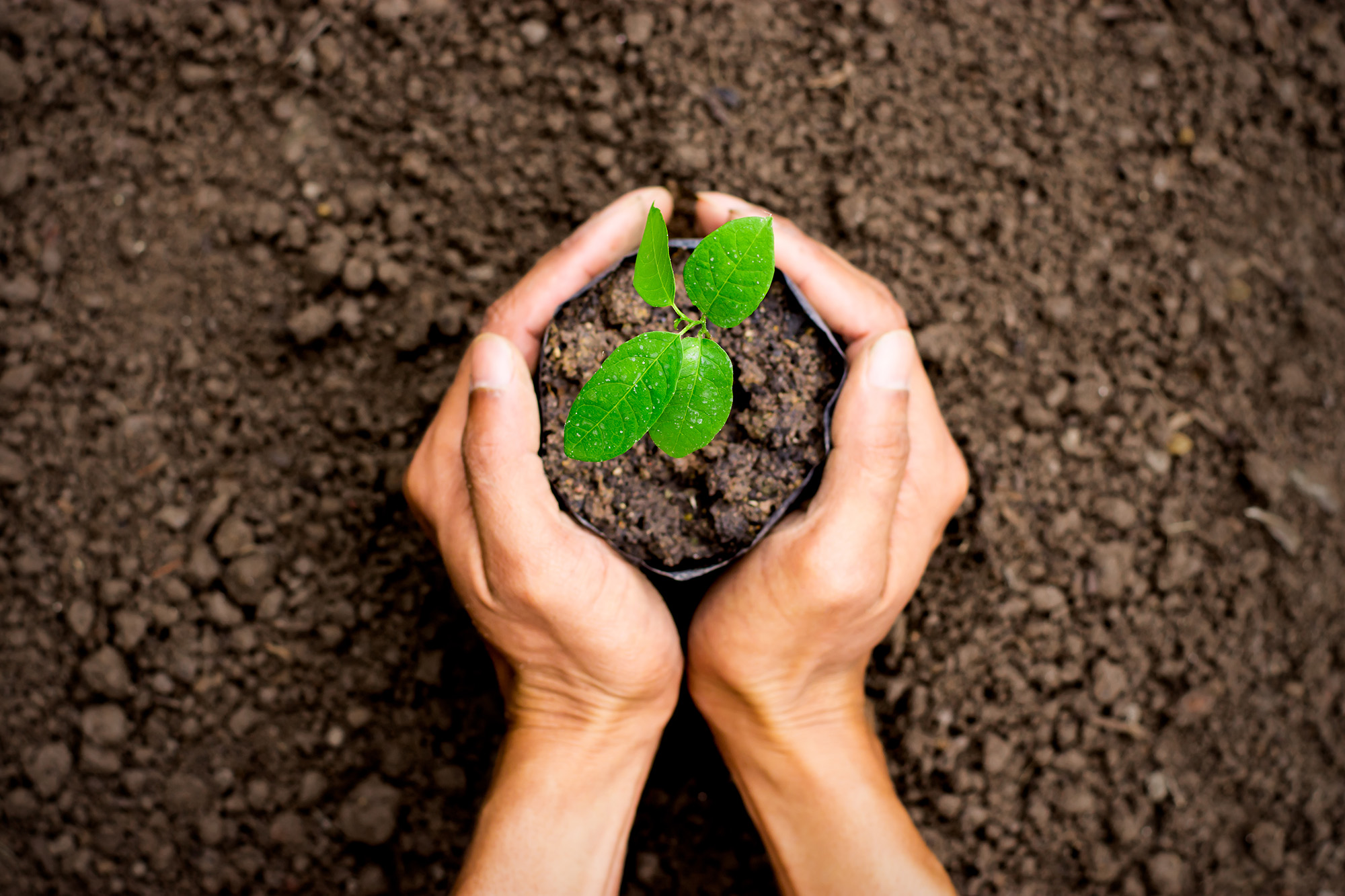According to the World Water Day organization, ground water accounts for approximately 99% of all liquid freshwater on earth. To break down the math of the ground water withdrawal – about 69% is used for agricultural, 22% for domestic use, and the remaining 9% is for industrial purposes. Of course, the numbers can vary between continents.
On the island of Oahu, drinking water comes from ground water sources that are heavily and directly impacted by storm water. In natural areas, a large percentage of water infiltrates the ground to recharge our ground water systems. The remaining runoff evaporates or flows to nearby bodies of water. However, developments such as roads, parking lots and roofs reduce infiltration, and in turn, ground water recharge. Storm water that travels through these developments can collect pollutants like sediments, pathogens, and fertilizers which contaminate both surface and ground water. This World Water Day – March 22nd – think about the different ways you can protect our water.
Here are a few tips to get started:
- Take Shorter Showers and Update Your Showerhead: Aim to get your shower time to just 4 minutes. A great way to keep track of your time is to play your favorite 4-minute song to cut your shower time by a ton. Replacing your showerhead with a more efficient version can also help reduce your water usage significantly. Each household could potentially save 20,000L of water per year if their showerhead produces 9L or less per minute.
- Don’t Let Your Water Run Mindlessly: Whether you’re brushing your teeth or doing the dishes, try to avoid running water for the entire duration of your activity. Only turn on your tap when necessary to rinse or lather. When watering outdoors, synchronize irrigation schedules with the weather and time it for the early morning hours or evening so that this precious resource is not lost to evaporation. Incorporate native plants in your yard since they are accustomed to the weather patterns in your area.
- Replace Your Cesspool System: Did you know that there are still over 11,000 cesspools on Oahu? Cesspools can contaminate ground water, drinking water sources, streams, and oceans with disease – causing pathogens and other harmful substances. In 2017, Act 125 was passed and requires the replacement of all cesspools by 2050. The State of Hawaii, Department of Health has created a plan to prioritize replacement of cesspools in areas that have the highest impact to public and environmental health.
Photo: State of Hawaii, Department of Health, Environmental Management Division
- Check Your Septic Tank: If you have a septic tank, be sure to have it inspected and maintained regularly to ensure that harmful pathogens and nutrients are not released into the surrounding soil or water table below. Heavy rainfall may further transport these pollutants directly into downstream storm drains or waterbodies.
- Manage Household Hazardous Wastes Properly: Make sure to properly store, use, and dispose of household products such as fertilizers, insecticides, pesticides, paint, solvents, motor oil, and other mechanical fluids. Follow the manufacturer directions to avoid overapplication, and store products in an enclosed area away from rainfall or any type of ponding or moisture that could damage the containers and cause leaks. Never dispose of these chemicals on the road, storm drains or ground. Check out our website to find an event on Oahu where you can dispose of household hazardous wastes properly.
- Start Gardening: When you plant a tree or create a rain garden, you help reduce storm water runoff and the risk of flooding. To learn more about rain gardens, check out our previous post about how to plant your own rain garden.
Sources:
- United Nations Water Program – World Water Day
- Ground Water Protection Council – Stormwater Overview
- Water Corporation – Saving water during shower time
- Storm Water Hawaii – Incorporate Native Plants
- State of Hawaii, DOH – Cesspools in Hawaii
- State of Hawaii, DOH – Report Relating to Cesspools and Prioritization for Replacement
- Storm Water Hawaii – Household Hazardous Waste
- Storm Water Hawaii – Rain Gardens
